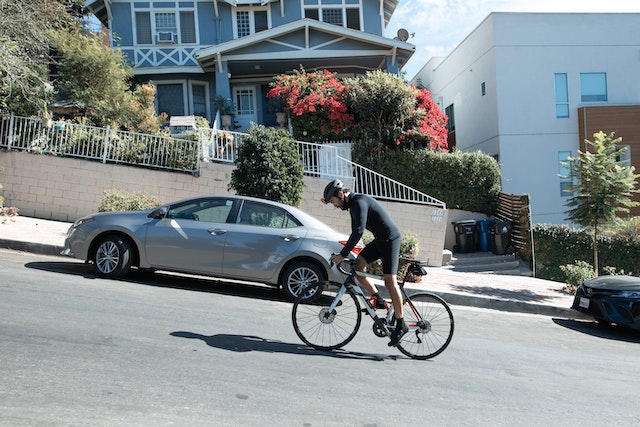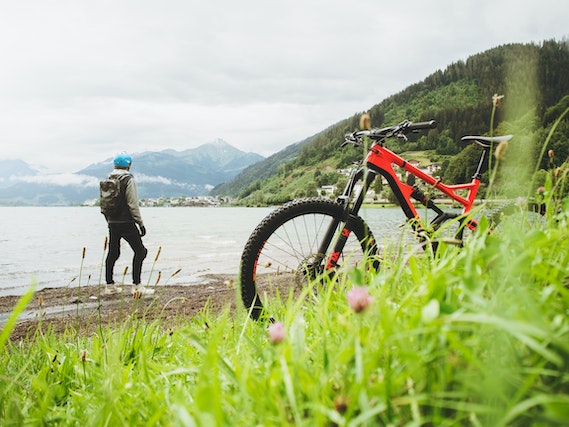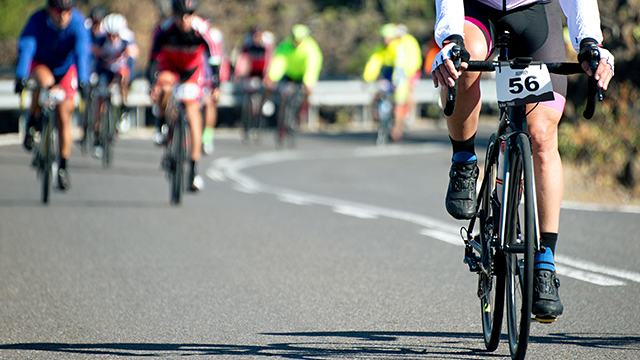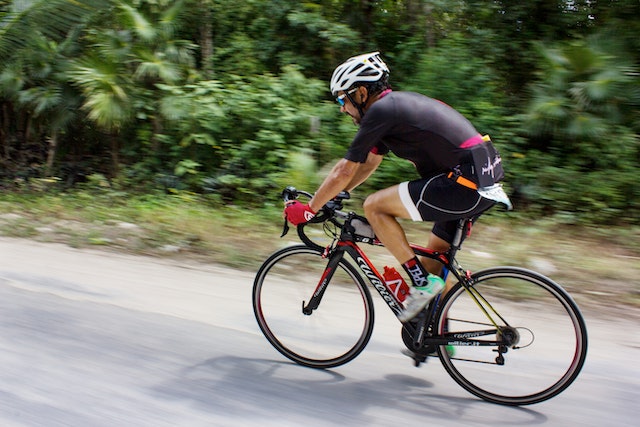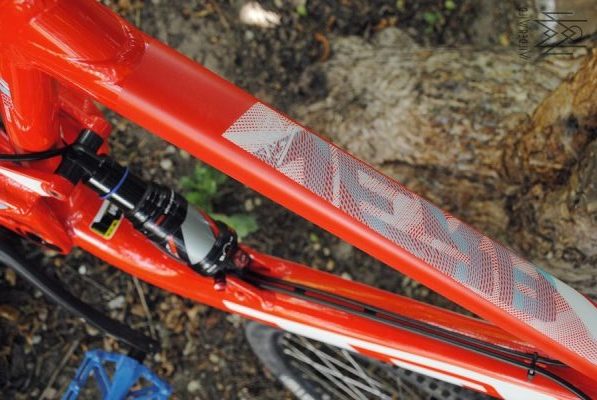Are you tired of feeling like you’re sitting on a bed of nails after a long bike ride? Well, fear not, because we have the solution to your saddle sore woes! Saddle sores, those pesky little bumps that can make each pedal stroke feel like torture, are a common affliction among cyclists. But with a few simple tips and tricks, you can bid these painful nuisances farewell and reclaim your comfort on the bike.
From choosing the right saddle to wearing proper cycling shorts, maintaining proper hygiene, and even applying chamois cream, we’ve got you covered. And don’t worry, we won’t leave you hanging – we’ll also show you how gradually increasing your ride duration and intensity can help prevent saddle sores in the long run. So buckle up (or rather, buckle your helmet) and get ready to ride in blissful, sore-free harmony!
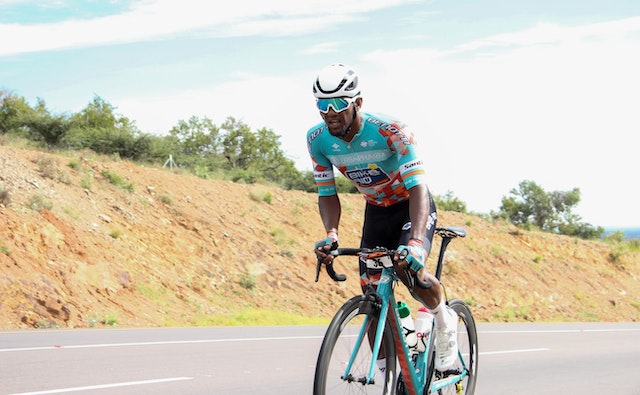
1. Choosing the Right Saddle
To prevent saddle sores, make sure you’re choosing the right saddle for your cycling needs. Finding the perfect saddle can make all the difference in your comfort and enjoyment while riding.
First, consider the width of the saddle. It should be wide enough to support your sit bones, but not too wide that it causes friction on your inner thighs.
Next, think about the shape of the saddle. Some riders prefer a flat saddle, while others find a curved saddle more comfortable. It’s important to try out different shapes to see what works best for you.
Additionally, the padding of the saddle is crucial. Too much padding can create pressure points, while too little can lead to discomfort. Look for a saddle with just the right amount of cushioning.
Finally, don’t forget to adjust the saddle height and angle. A saddle that is too high or tilted too far forward can increase the risk of saddle sores. Take the time to find the perfect saddle that suits your body and riding style, and you’ll be well on your way to preventing those pesky saddle sores.
2. Wearing Proper Cycling Shorts
Make sure you’re wearing the right cycling shorts, as studies show that cyclists who wear padded shorts experience a 48% decrease in friction and discomfort during long rides.
Here are three important things to consider when choosing and wearing proper cycling shorts:
- Opt for padded shorts: Look for shorts specifically designed for cycling with built-in padding. This extra layer of cushioning will provide much-needed protection and reduce the pressure on your sensitive areas. It’s like having a cozy pillow for your bottom!
- Find the right fit: Cycling shorts should fit snugly without being too tight or restrictive. Look for a pair that has a comfortable waistband and leg grippers to keep them in place during your ride. Remember, you want them to stay put, not ride up!
- Keep them clean and dry: After each ride, make sure to wash your cycling shorts to remove any sweat, oils, or bacteria that can cause irritation and saddle sores. Avoid using fabric softeners or bleach, as they can break down the padding. Also, be sure to let them air dry completely before your next ride.
By wearing proper cycling shorts, you’ll not only feel more comfortable during your rides but also reduce the risk of developing painful saddle sores. So, slip into those padded shorts and enjoy a smoother and more enjoyable cycling experience!
3. Maintaining Proper Hygiene
Ensuring proper hygiene is essential for maintaining a comfortable and healthy experience while engaging in the sport of cycling. When it comes to preventing saddle sores, keeping yourself clean and fresh is key.
Start by showering before your ride to remove any bacteria or sweat that may contribute to irritation. Use a mild soap and warm water to gently cleanse your skin, paying special attention to the areas that come into contact with the saddle.
After your ride, it’s important to clean yourself thoroughly again. Take a shower or use wet wipes to remove any dirt, sweat, or bacteria that may have accumulated during your ride. Dry yourself well, especially in the areas that are prone to chafing. Applying talcum powder or a specialized anti-chafing cream can also help reduce friction and irritation.
Remember to wash your cycling shorts after each ride. Sweat and bacteria can build up in the fabric, leading to potential skin problems. Use a gentle detergent and cold water to preserve the elasticity of the shorts. Avoid using fabric softeners as they can clog the pores of the fabric and reduce its moisture-wicking abilities.
By following these simple hygiene practices, you can prevent saddle sores and ensure a comfortable ride every time. Stay clean, stay fresh, and enjoy the sport of cycling to the fullest!
4. Applying Chamois Cream
Keep your ride smooth and comfortable by slathering on some chamois cream, giving your skin the ultimate protection against friction and discomfort. When it comes to preventing saddle sores, applying chamois cream is an essential step that can make a world of difference.
This specially formulated cream creates a barrier between your skin and the saddle, reducing friction and preventing chafing. By moisturizing and lubricating your skin, it helps to minimize irritation and soreness, allowing you to enjoy your ride to the fullest.
To apply chamois cream, start by washing and drying your skin thoroughly. Then, take a small amount of cream and gently massage it into the areas that come into contact with the saddle. Make sure to cover all the sensitive areas, such as your sit bones and groin. The cream will absorb quickly, leaving a protective layer that lasts throughout your ride.
Not only does chamois cream provide physical protection, but it also helps to maintain proper hygiene. It reduces the risk of bacterial growth and infection, keeping your skin healthy and clean. Additionally, the cream can help prevent saddle sores from developing in the first place, ensuring a more comfortable cycling experience.
So, don’t forget to include chamois cream in your cycling routine. It’s a small step that can make a big difference in keeping you comfortable and preventing saddle sores. Take care of your skin, and enjoy your ride without any discomfort or irritation.
5. Gradually Increasing Ride Duration and Intensity
As you gradually increase the duration and intensity of your rides, your body will adapt and become stronger, allowing you to push yourself further and achieve your cycling goals.
It’s important to remember that building up your ride duration and intensity should be a gradual process to prevent saddle sores. By slowly increasing the time you spend on the saddle and the effort you put into your rides, you give your body the chance to adjust and reduce the risk of discomfort.
Start by adding a few extra minutes to your rides each week. This gradual increase will give your body time to adapt to the extended time on the saddle. As you feel more comfortable, you can gradually increase the intensity by incorporating intervals or hill climbs into your rides. Remember to listen to your body and give yourself enough time to recover between intense sessions.
Additionally, make sure to invest in a high-quality pair of cycling shorts with a good chamois pad. This will provide extra cushioning and reduce friction, helping to prevent saddle sores. Maintaining good hygiene by showering and changing out of your cycling shorts immediately after each ride is also important.
By gradually increasing your ride duration and intensity, you’ll not only prevent saddle sores but also build strength and endurance. So keep pushing yourself, but remember to do it gradually to give your body the chance to adapt and thrive. You’ve got this!
Frequently Asked Questions
How do I choose the right cycling shoes?
Did you know that choosing the right cycling shoes can improve your performance by up to 20%? To find the perfect fit, consider factors like shoe type, closure system, and sole stiffness. Let’s dive into the details!
What are some common causes of knee pain while cycling?
To prevent knee pain while cycling, make sure your bike is properly fitted to your body. Adjust the saddle height, handlebar position, and cleat alignment. Strengthen your leg muscles and gradually increase your mileage.
Can I use regular moisturizer instead of chamois cream?
Regular moisturizer is not recommended for cycling because it lacks the specific ingredients found in chamois cream. Chamois cream helps prevent friction and bacterial growth, reducing the risk of saddle sores. Stay comfortable and protected with the right product.
Is it necessary to wear cycling gloves to prevent saddle sores?
Yes, wearing cycling gloves can help prevent saddle sores by providing extra cushioning and reducing friction. They also offer better grip and control, making your ride more comfortable and enjoyable.
What are some alternative exercises I can do to prevent saddle sores?
To prevent saddle sores, try incorporating exercises like yoga or swimming into your routine. These activities can help strengthen your core and improve flexibility, reducing the pressure on your saddle.
Conclusion
So, now you know how to prevent those pesky saddle sores when cycling! Remember, it’s all about finding the right saddle for your body and wearing proper cycling shorts to reduce friction. Don’t forget to maintain good hygiene and apply chamois cream for extra protection. And most importantly, gradually increase your ride duration and intensity to build up your resistance. Before you know it, you’ll be riding like a pro and leaving saddle sores in the dust!
